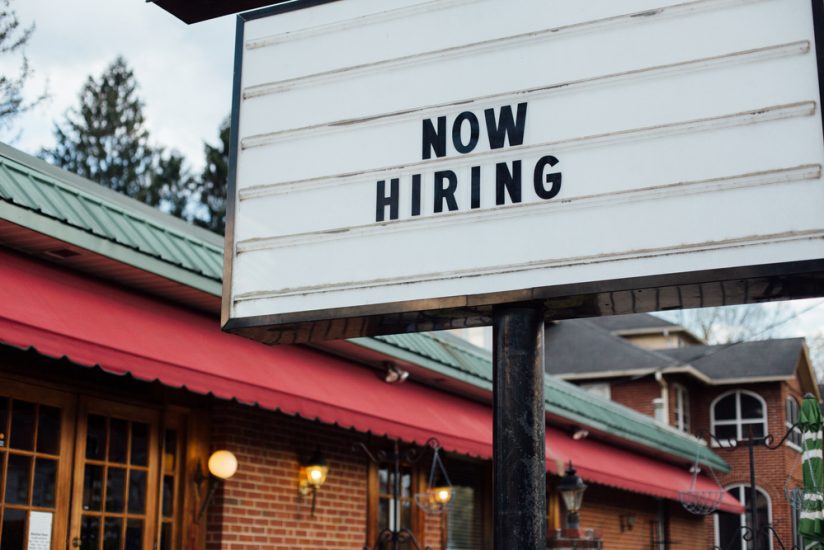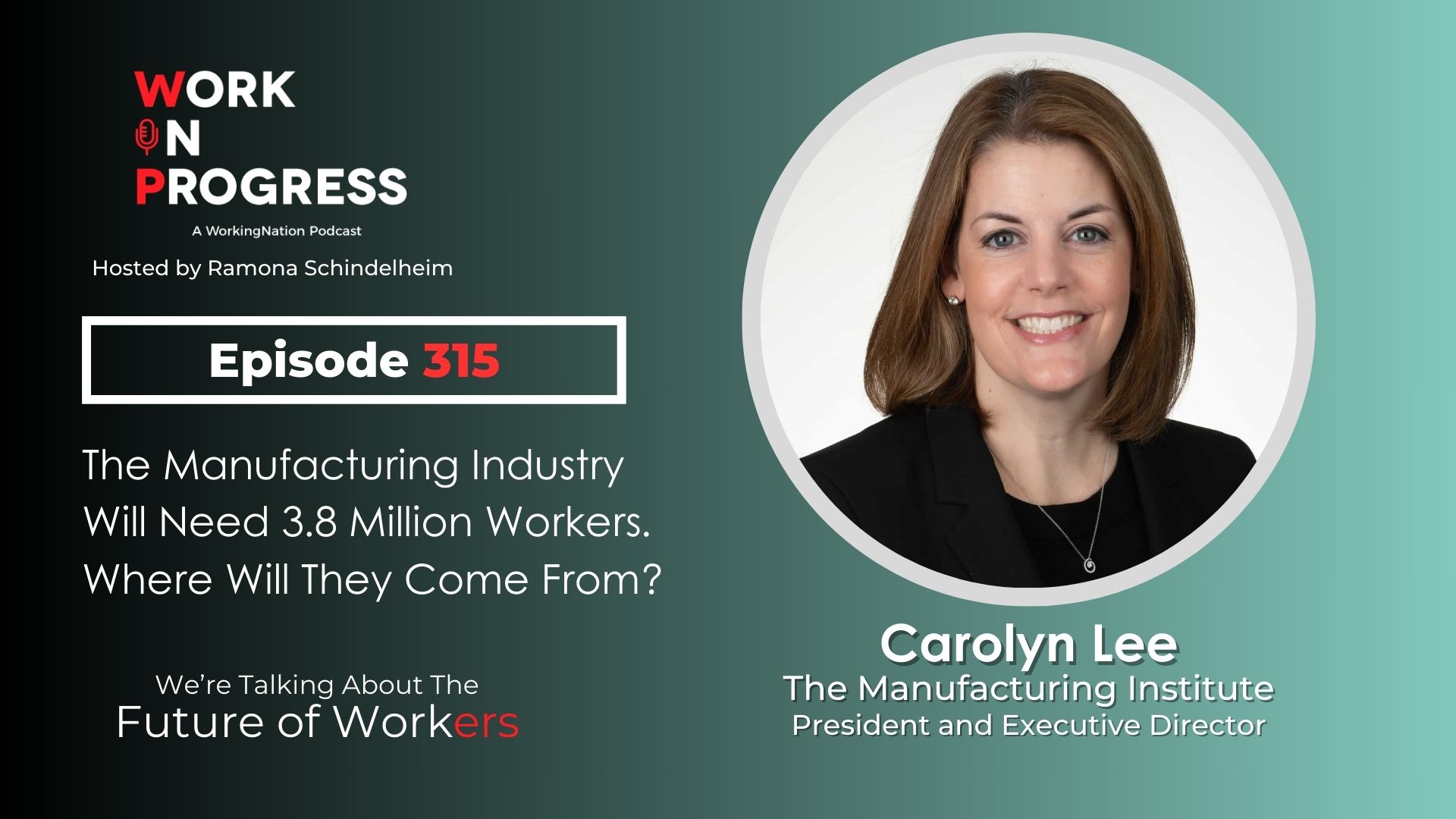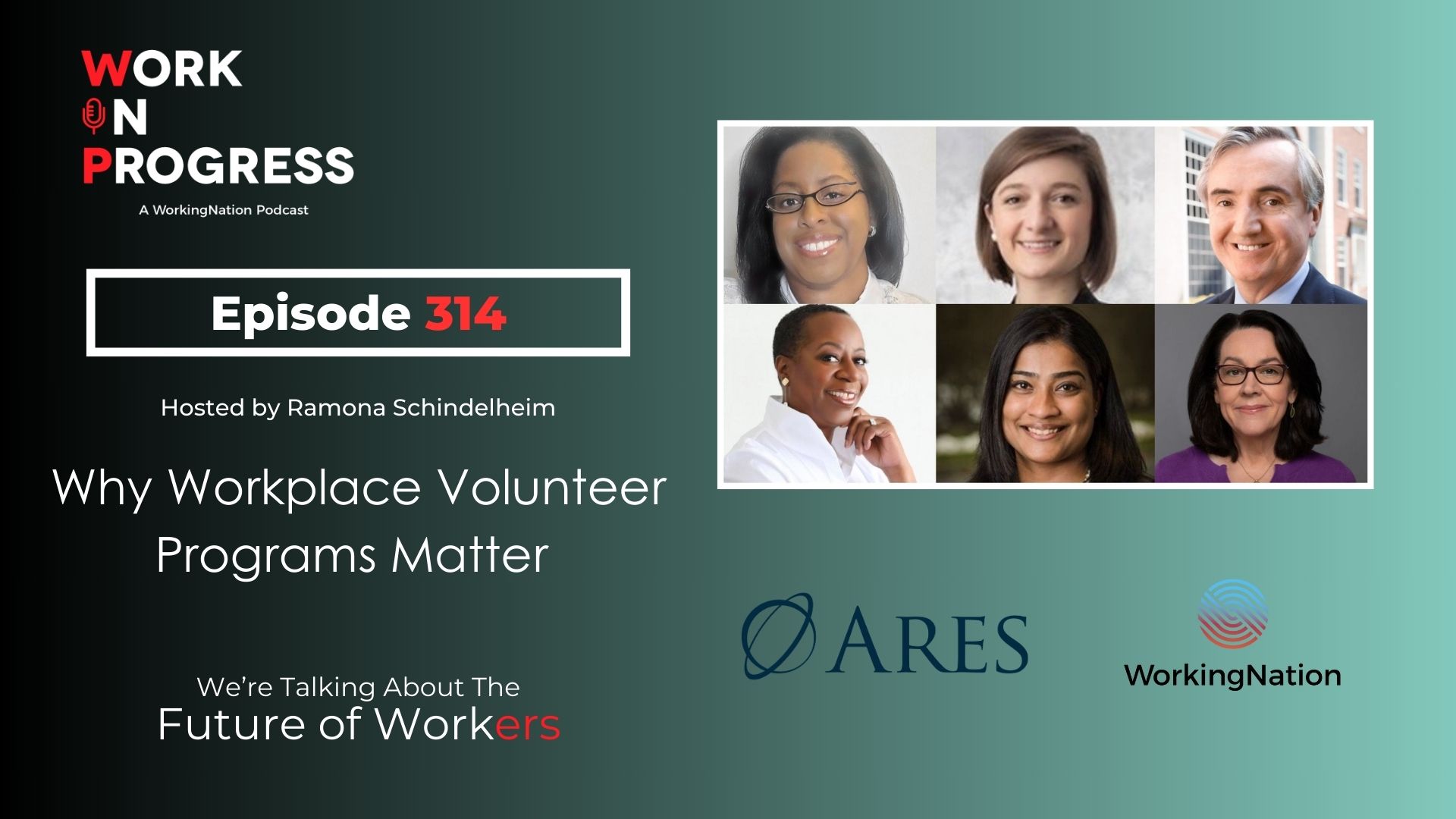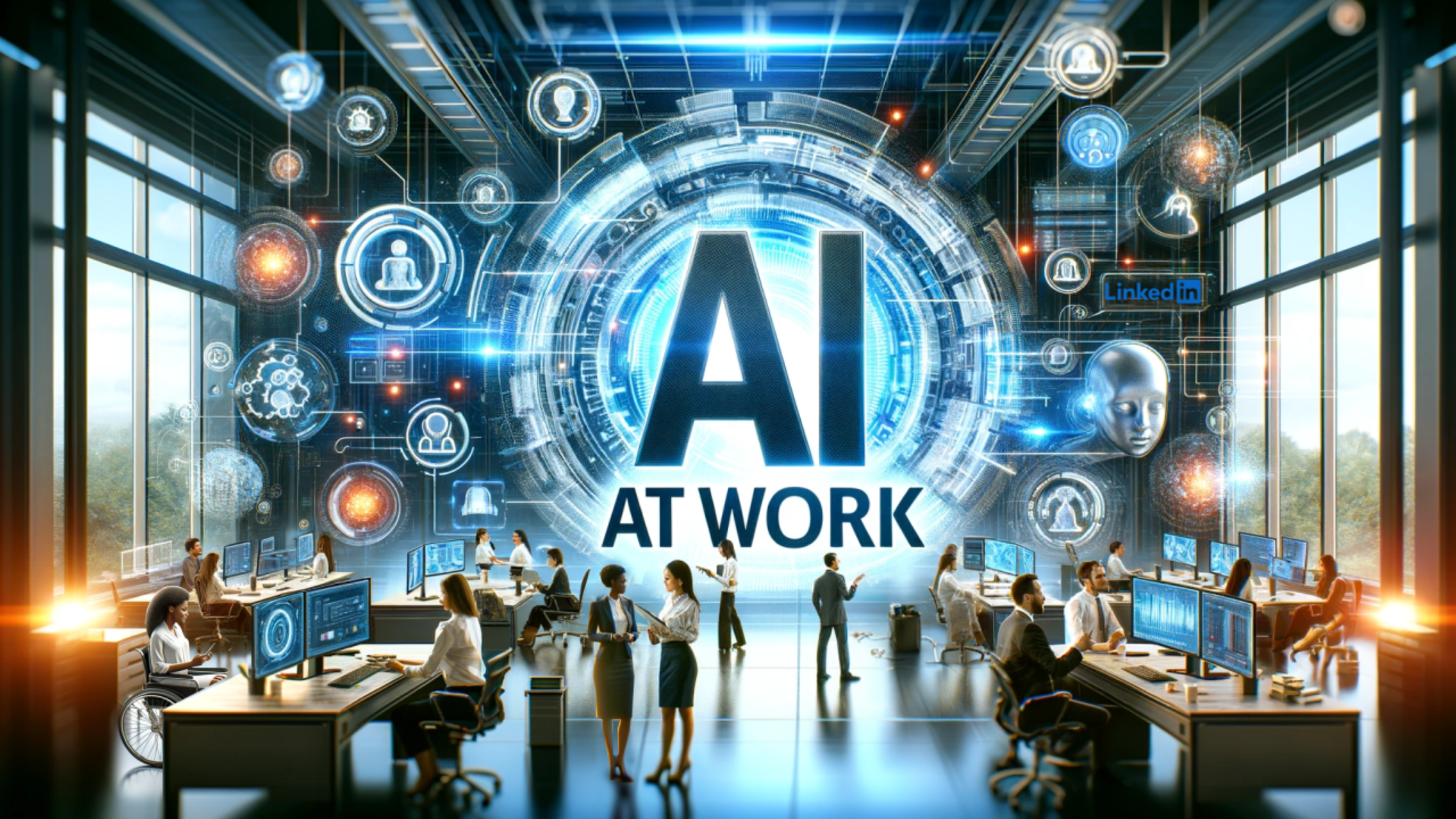Job creation was modest in April, while both the unemployment rate and the labor participation rate dropped.
Employers added 164,000 workers to the payrolls, with the biggest gains in the professional and business services. Both manufacturing and healthcare added 24,000 jobs each, according to the latest report from the Bureau of Labor Statistics.
The unemployment rate dipped from 4.1 percent in March to 3.9 percent, the lowest since December 2000. Economists say the decline can be explained by the fact there is a smaller pool of available workers — 236,000 people left the labor force last month. The labor participation rate at 62.8 percent is near the low levels of the 1970s, right before women started joining the labor force in bigger numbers.
There are more people on the sidelines and more people who say they want full-time work. The U6 number, which measures people who were too discouraged to look for work or who are working part-time but would prefer full-time jobs, dropped to 7.8 percent from 8 percent in April.
While businesses continue to say they are having a hard time finding “skilled” workers, they’re not increasing wages to find them. The average hourly earnings for April were just 2.6 percent higher than a year ago.
So far this year, payrolls have added an average of 208,000 a month. April marked the 91st straight month — that’s seven-and-a-half years — of job gains.
The Workforce Mismatch
“In a period of economic expansion, which we’ve now been in for a long time, at the end of it, when you get to full employment, which we are at, it’s very normal to have mismatches of jobs-available versus people who want to fill them,” according to Steve Rattner, CEO of Willett Advisors LLC and economic analyst for MSNBC’s Morning Joe.
Earlier this week, at the Milken Global Conference, Rattner was part of a panel looking at how we can increase prosperity, thus increase job opportunities, in middle America. He was joined by two sitting governors, a former U.S. Treasury Secretary, the CEO of a major corporation and a renowned financial journalist.
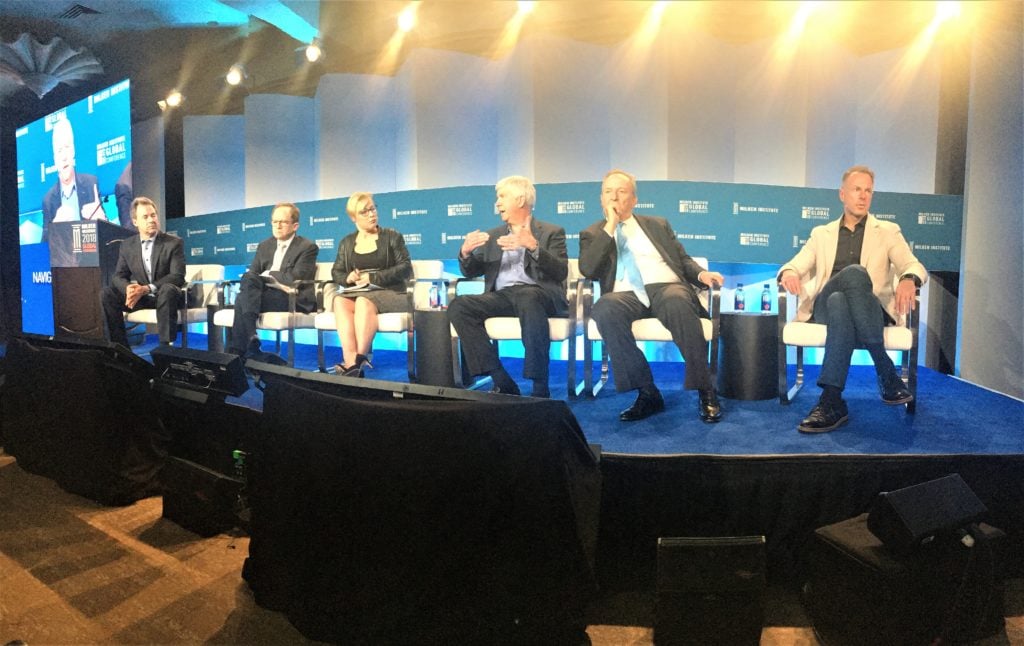
Rattner and I had a chance to sit down afterward and discuss some of the issues in the job market.
“We’ve created a huge number of jobs, but there’s clearly been a dramatic increase in the number of vacancies,” Rattner said.
Right now, that “mismatch” is near a record-high with more than 6.1 million job openings nationwide.
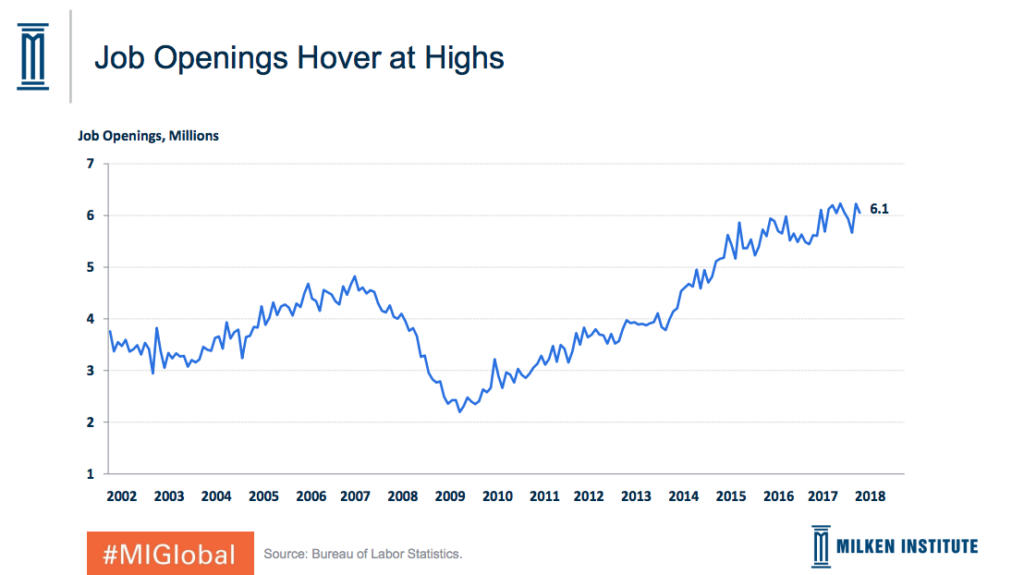
“It may be a bit worse now for two reasons. One is the fact that people don’t move very much anymore, they move less, which is a fascinating part of it,” said Rattner.
Rattner used a chart during the panel discussion which showed that in the mid-1980s, about 20 percent of the population moved at least once. That number is now hovering just above 10 percent. “It’s important, I think, in a dynamic economy, where jobs are appearing in different parts of the country, different parts of a state, or even different parts of a community, that people have to be willing to move in order to take advantage of that,” said Rattner.
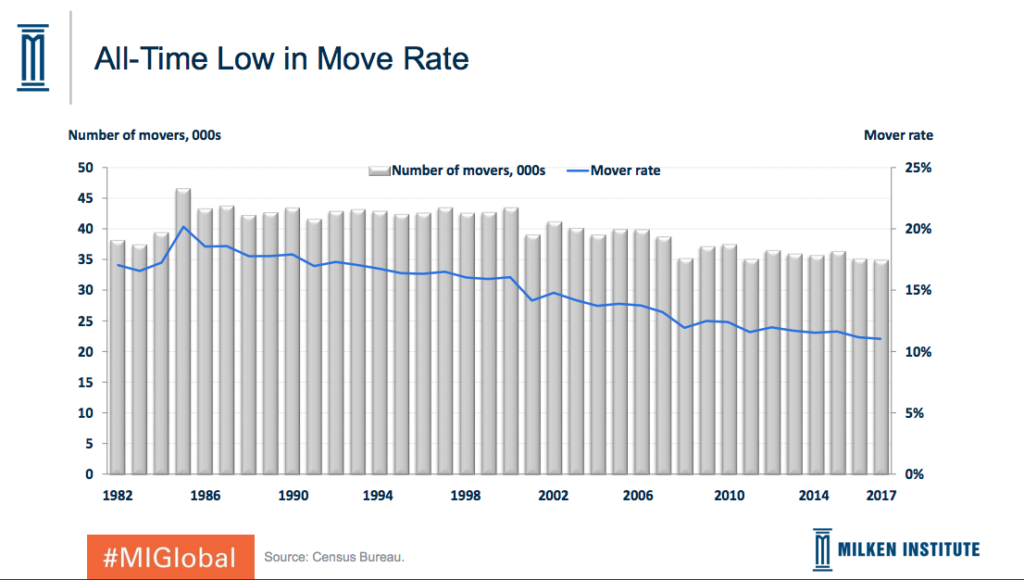
The second reason for the high number of jobs openings is the issue of training and skills.
“I’m a capitalist, I’m a private free enterprise guy, and I’m not in favor of government taking over our economy,” Rattner told me.
But, he believes there is a role for Washington to play and right now, it’s not playing it.
“There are certainly things the federal government can do from a macro point of view because it has the most resources and is in charge of the whole country,” Rattner said.
“What’s different now in some respects from say 50 years ago — but not different from 200 years ago or 100 years ago — is that the federal government has kind of stepped out. The idea of how much the government should intervene changed with the election of Reagan in 1980. Since then, the philosophy has been government should get out, and so if you saw some of my statistics about the job training programs, they’ve been cut and cut and cut. Government is doing less and less and less,” as evidenced in another chart Rattner prepared for the conference.

Rattner believes that the federal government shouldn’t necessarily be creating the worker training programs, but he points out that many states are facing revenue shortfalls.
“This is something that should be done by state and local governments, but the federal government should be providing more help, more incentives, to get them to do it, the ones that aren’t,” Rattner said. “And it’s a problem on the state and local level because they don’t have the revenues without the federal government’s help.”

We talked about the big picture of educating the workforce for jobs now and in the future.
“It’s not like we need more people to go to college. We need more people with the kinds of training that are needed for today’s jobs,” he said. “One of the things I was reading to prepare for the Milken panel, the average income of a welder is $80,000 a year. It’s a skilled job, but you don’t have to go to college to be a welder; you have to get trained in how to do that job.”
I brought up the World Economic Forum’s stat that when children born today graduate from high school, 65 percent of the available jobs will be jobs that don’t even exist today. Rattner was optimistic we will figure it out. “It’s not unprecedented in history. If you go back to the Industrial Revolution, there were no jobs in any kind of mechanized manufacturing, it was all made by hand, and then suddenly you had these inventions. All these people had to get trained to do that stuff, but we did it.”
Join the Conversation: Discuss the latest employment numbers from the Bureau of Labor Statistics on our Facebook page.

